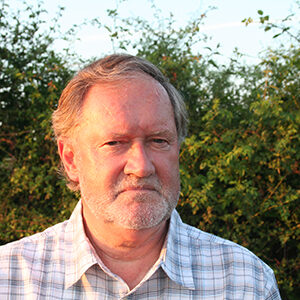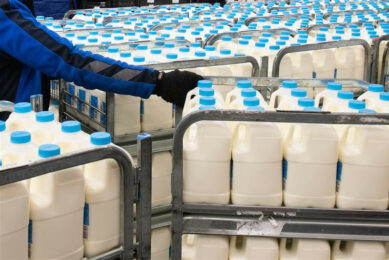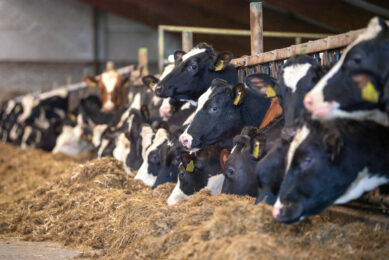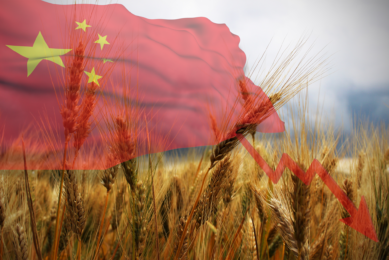Irish dairy farmers don’t stop milking
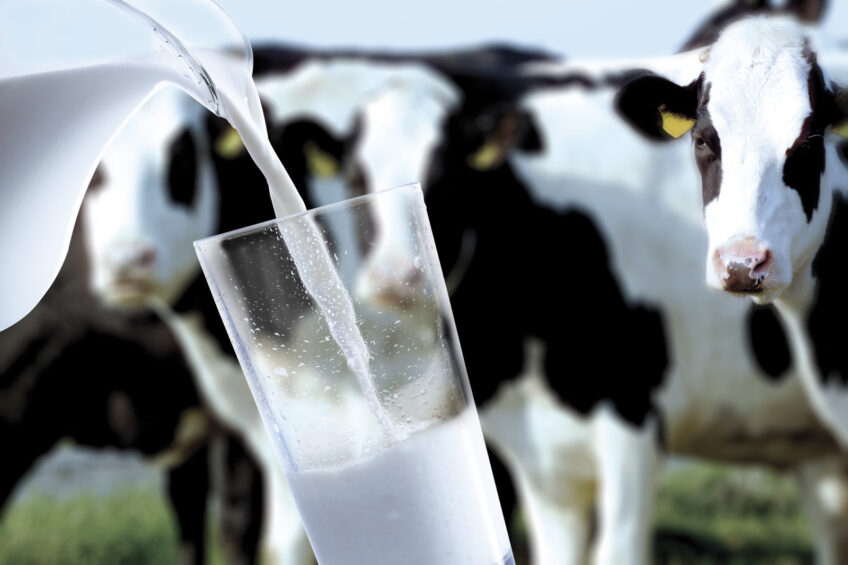
Irish dairy farmers are slowing down but still produce more milk than a year ago. Many intend to increase production even further, often with 20% or more.
Irish milk production reached 856 mln litres in June, the latest month the Central Statistics Office in Dublin has published figures for. That production was 40 mln litres or 4.5% higher than in the same month last year.
In the first half of 2016, Ireland produced over 10% more milk year-on-year, a figure that was slightly influenced by a lower production at the beginning of 2015 in order to limit the super levy.
Dependent on grass conditions
Although low milk prices may temper production growth in the second half, the Irish agricultural research body Teagasc still predicts an increase of some 7% for the whole of 2016. However, that will largely depend on grass growing conditions between now and the end of the season, the organisation adds. Teagasc also signals that the volume of aggregate Irish dairy feed sales has been running ahead of the 2015 level which can be explained by the continuing increase in the Irish dairy cow population.
Dairy farmers in Ireland are dealing with the same problems as their European colleagues, an oversupply of milk on a world market where the growth in demand is slowing, a particular problem for Ireland where 85% of dairy products are exported, and the Russian embargo on EU agricultural produce. Although demand seems to pick up again, particularly in China, Teagasc in a mid-year review says it doesn’t expect a significant improvement soon: ‘’Despite the recovery in demand, the imbalance in supply and demand will remain a problem in the short term,’’ the organisation concludes.
Milk prices under pressure
As a result, milk prices have been under pressure in this country too. On average, this spring prices paid to farmers were some 15% lower than last year. Milk prices for June varied from just under 21ct/l at Glanbia, the largest dairy processor in Ireland, to 23,73 ct/l at some of the smaller coops. Recently, the slow recovery of the world dairy markets allowed some Irish coops to announce small price rises. Glanbia kicked it off with a 1 ct/l increase plus a 2% so-called support bonus for its members. Lakeland Dairies also increased its price by 1ct/l to 24 ct/l while Arrabawn Coop also added 1 ct/l resulting in a milk price at this coop of 24,25 ct/l.
Meanwhile, the Irish Farmers Association stresses that ‘there must be no stalling by co-ops on further milk price increases.’ The farmers union recently started an autumn milk price increase campaign, challenging the co-ops to start rebuilding confidence by acknowledging the growing recovery in dairy markets and increasing milk prices. Chairman Joe Healy says: “This is my strong message to co-ops boards and management: the co-ops must accept that the dairy market recovery is a reality and start increasing milk prices. Dairy farmers are under extreme cash flow pressures after the prolonged market downturn and IFA will not tolerate any stalling on milk price increases”.
Dairy farmer incomes set to half
Those pressures are also mirrored in Teagasc’s overview. The organisation predicts that the average Irish dairy farm could see its income halve in 2016 as compared to the previous year. Since that average income was over € 65,000 in 2015, it could get down to something like €30,000 for 2016.
Since Irish dairy farmers receive on average €20,000 on direct support from the EU agricultural funds, real income in some cases would be no more than €10,000. To compensate, many Irish farmers, or their family members, also get an income from activities other than farming, be it on the farm itself or, in most cases, in another job.
Join 13,000+ subscribers
Subscribe to our newsletter to stay updated about all the need-to-know content in the dairy sector, two times a week.


